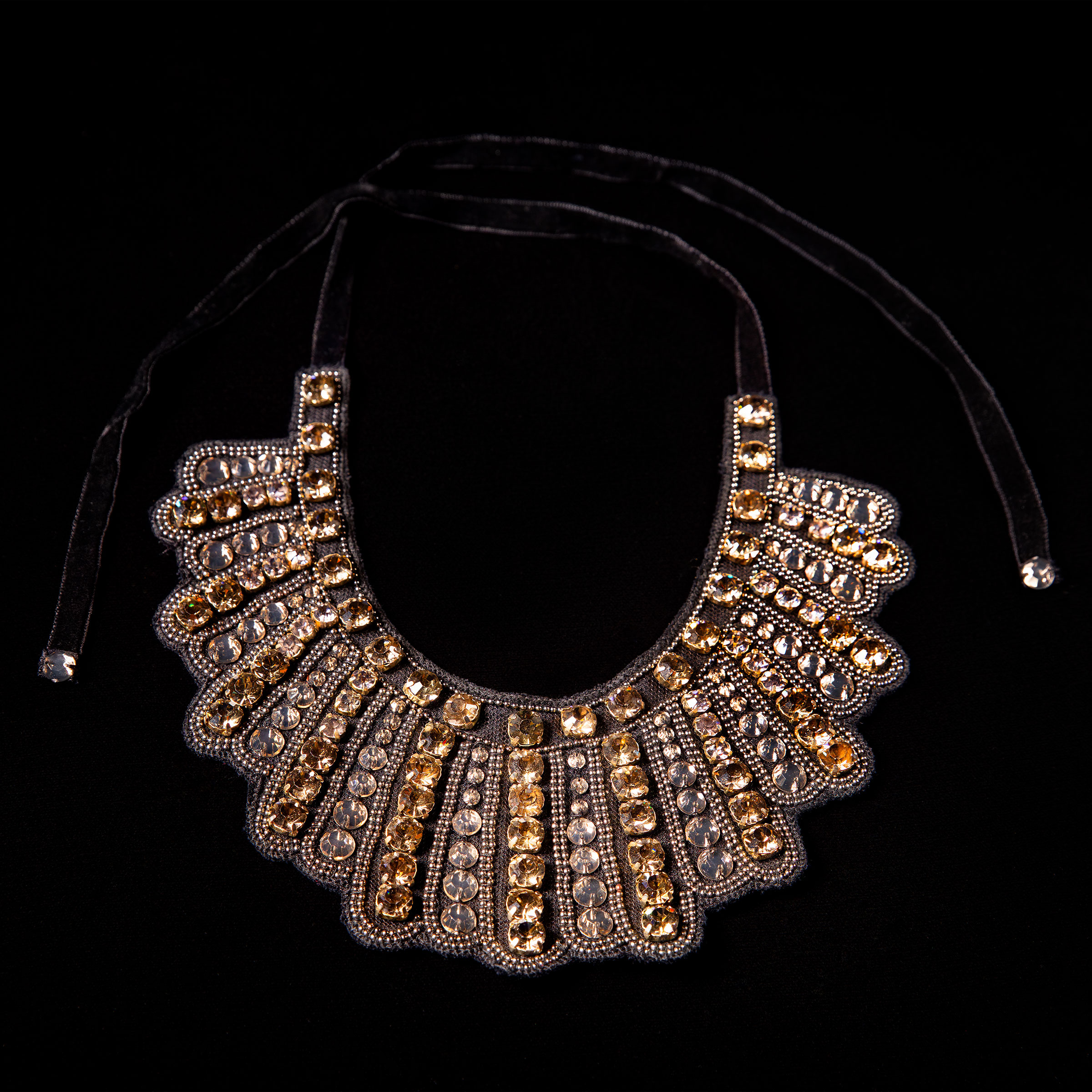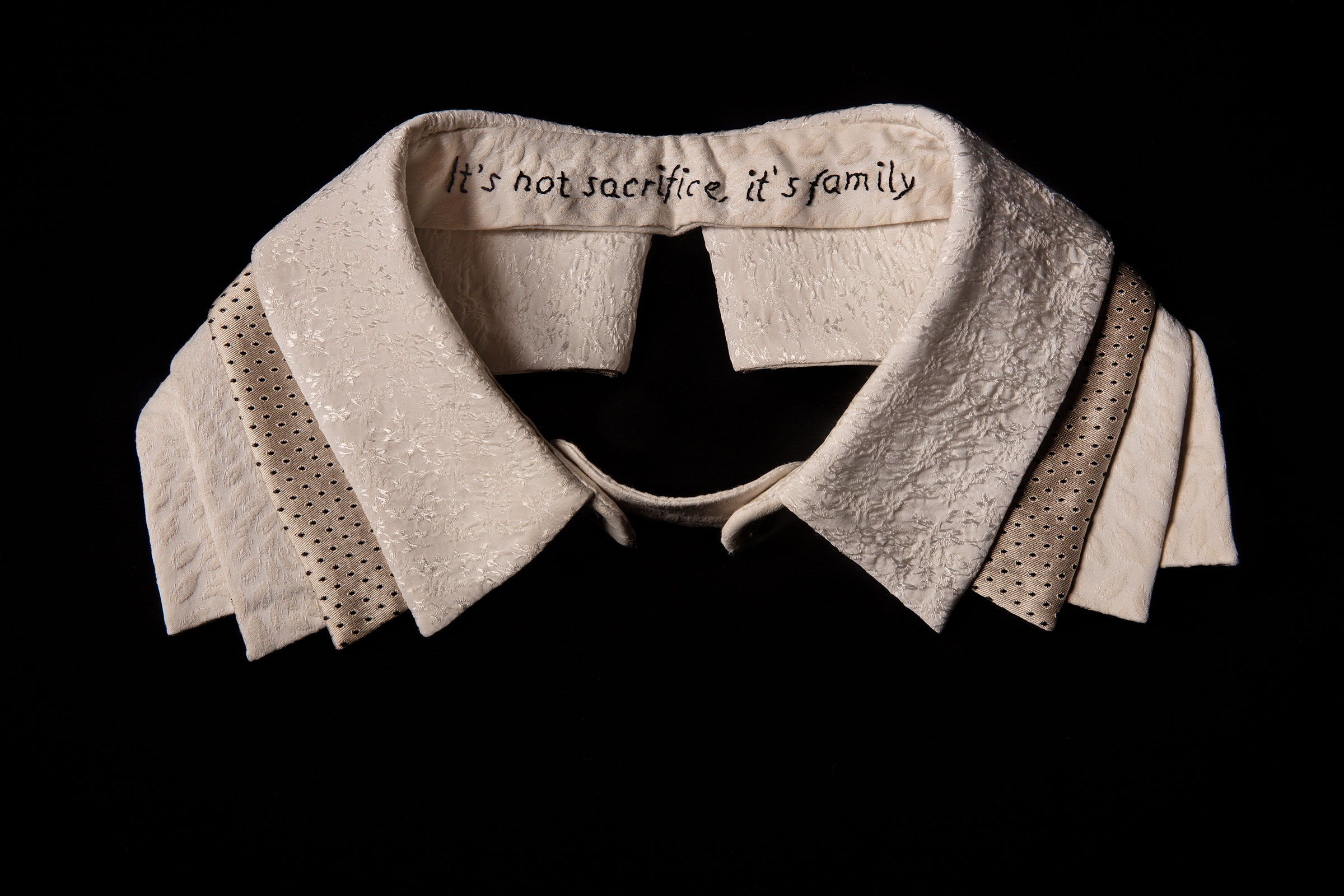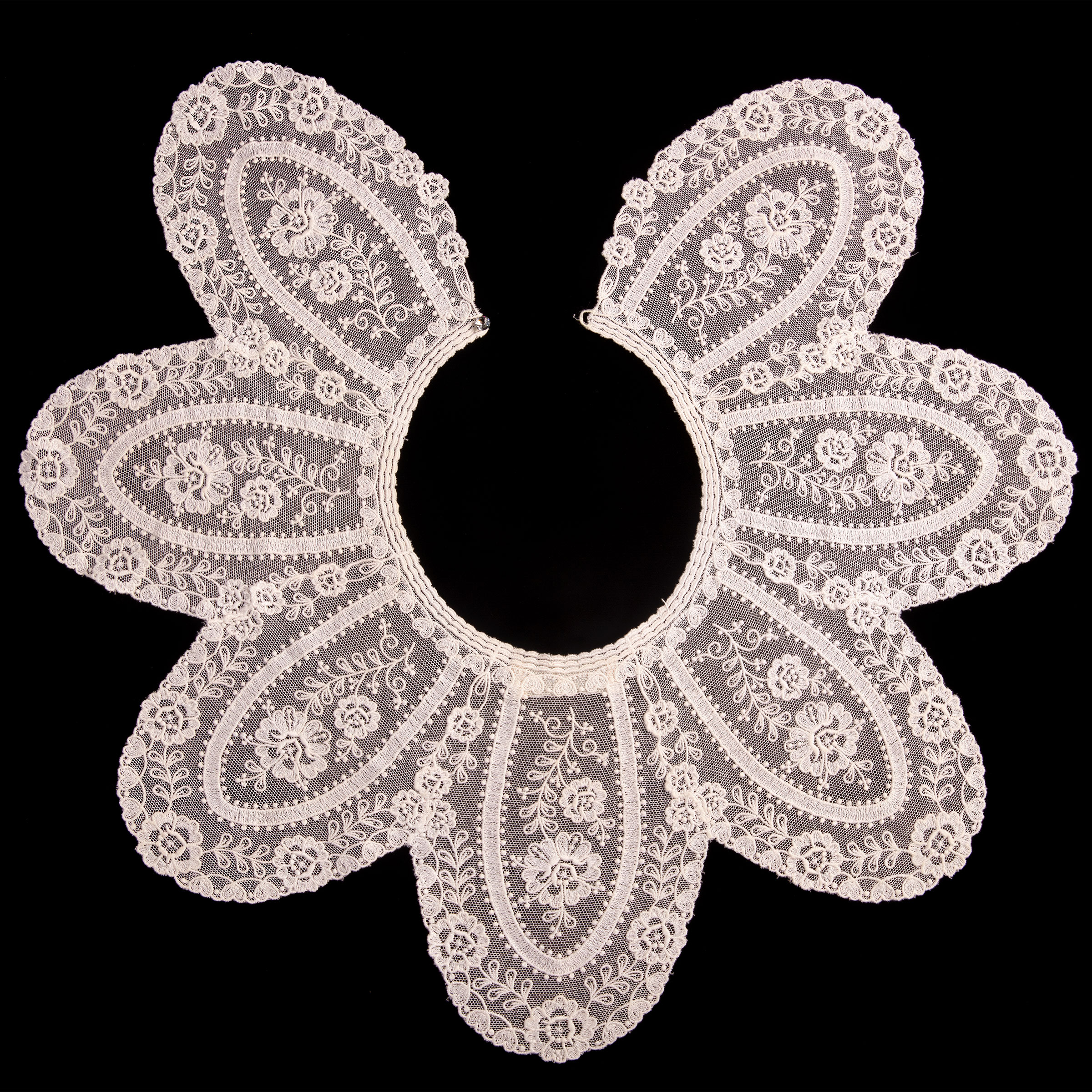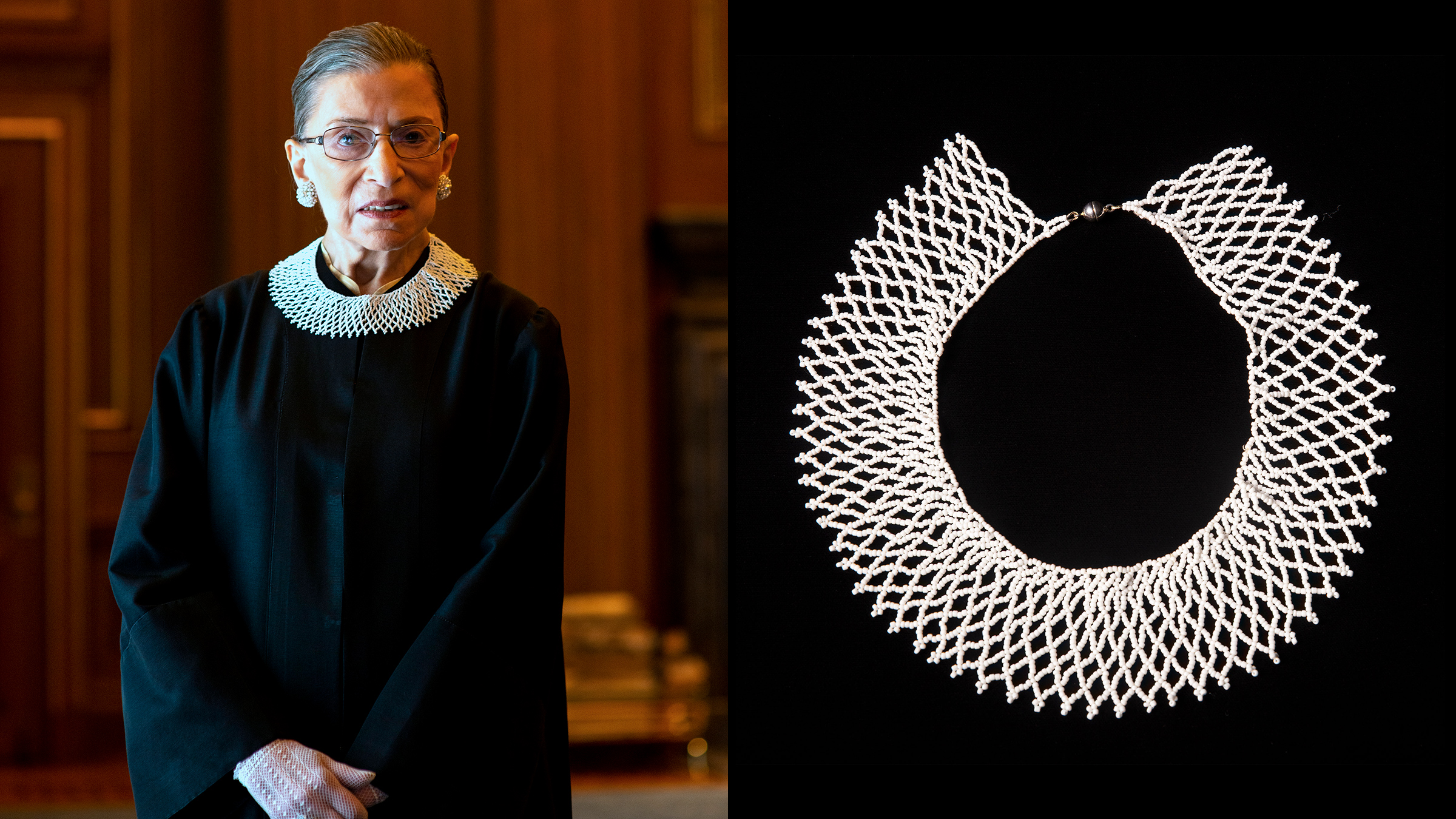On Sept. 18, 2020, we were visiting my Aunt Esther in Kew Gardens, Queens, for Rosh Hashanah when we heard about the passing of Ruth Bader Ginsburg. My 16-year-old daughter Emmanuelle—a queer, hard-core feminist, and mountain of emotions—could not stop crying. Even though we knew that Judge Ginsburg was 87 years old, and battling pancreatic cancer, we were still shocked. We thought she would live forever.
Emmanuelle cried for most of the F train ride home to our stop at 23rd Street in Chelsea. I tried to comfort her. We talked about how Ginsburg touched so many aspects of our lives—as a Jew, a woman, a New Yorker, a feminist, and a fighter for the issues we care about deeply: LGBTQ rights; gender and racial equality; and reproductive and parental rights. Her words, “Women will only have true equality when men share with them the responsibility of bringing up the next generation,” were brought up in discussions with my husband and children.
Ginsburg was also a daughter of immigrants, much like my own children: I moved to New York from Israel in 1995; my husband, also Israeli, joined me shortly after; and our son and daughter were born and raised in the U.S. Ginsburg’s achievements broke so many barriers, and her story held special significance for Jewish women like myself who dreamed of living a life that combined career success with motherhood—and, in Ginsburg’s case, also practicing the principle of tikkun olam, a concept in Judaism for repairing the world.
The week after her death, I felt an urge to create work inspired by Ginsburg, but I couldn’t find a way to approach it. Much of my personal photographic work has revolved around intimacy, family, motherhood, and women, but how do you capture the legacy of a personal hero? So when I was approached by Katherine Pomerantz, TIME’s director of photography, about taking on the assignment of photographing the justice’s collars for the magazine, it felt like a prayer was answered. For me, this was the equivalent of documenting a superhero’s costume, with all of the significance it held for myself, my family, and millions of Americans.


I spilled my heart out to Katherine and shared the strong connection I felt to Ginsburg’s legacy. After she gave me the assignment, I ran to my daughter’s room and we both burst into screams of joy. I asked my husband Eran, also a graduate of the photography program Bezalel Academy of Art in Jerusalem, to help me on this shoot. This assignment was now a family affair.

It was important for me to do my own research before the shoot. I learned that Ginsburg initially started wearing these collars as a way to distinguish herself from the male justices and represent her female identity. “The standard robe is made for a man because it has a place for the shirt to show, and the tie,” she told the Washington Post in 2009. “So Sandra Day O’Connor and I thought it would be appropriate if we included as part of our robe something typical of a woman. So I have many, many collars.” I studied photographs and videos of Ginsburg to familiarize myself with the different materials, colors, and shapes of the pieces.


On Oct. 28, Eran and I drove to D.C., arriving a day before the shoot. I hardly slept that night. There was so much I was thinking about, to be honest, and also worrying about. I would have six minutes to shoot each collar, and the lighting, exposure, and composition would all need to be perfect. There was no room for miscalculation. The next morning we arrived at the Supreme Court. My heart was pounding as we were escorted through the corridors of the highest court in the land, where life and death decisions were made, and where Ginsburg spent the last twenty-seven years of her professional life. My arrival also coincided with conservative Justice Amy Coney Barrett’s first day. I recognized the significance of this timing. As an immigrant, I felt a sense of pride: I came to America from another country and now I was taking photographs at the Supreme Court.
I treasured every moment in the spacious room in the glorious Supreme Court building, listening to the stories about Ginsburg by those who worked alongside her. A set of drawers was rolled into the room, accompanied by a delegation of staff. There was silence in the East Conference room. We could feel the presence of the collars in that space. Each drawer held so many stories, memories, and meaning.
I got to work.

Elinor Carucci is an award-winning fine art photographer whose work has been featured in solo and group exhibitions worldwide and The New York Times Magazine, New Yorker, Time, W, Aperture, and ARTnews, among others.
Adapted from “The Collars of RBG” by Elinor Carucci and Sara Bader, published by Clarkson Potter, an imprint of the Crown Publishing Group, a division of Penguin Random House LLC, New York.
More Must-Reads from TIME
- Inside Elon Musk’s War on Washington
- Meet the 2025 Women of the Year
- The Harsh Truth About Disability Inclusion
- Why Do More Young Adults Have Cancer?
- Colman Domingo Leads With Radical Love
- How to Get Better at Doing Things Alone
- Cecily Strong on Goober the Clown
- Column: The Rise of America’s Broligarchy
Contact us at letters@time.com
